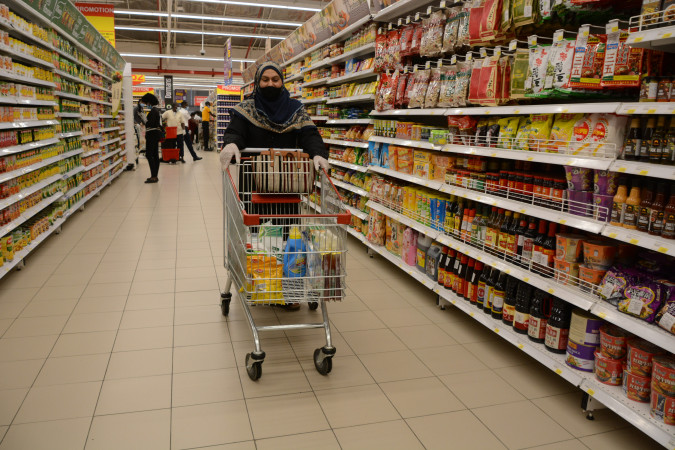Kenyans cut spending as inflation bites

Kenyans are still spending, but at a lower pace than a few months ago, a sign that the biggest part of the economy is beginning to moderate.
The good news is that the overall slowdown in consumer spending seen since the start of the year, will not linger for the rest of the year, new projections by Fitch Solutions, a credit market data firm, shows.
“We forecast a slowdown in consumer spending growth in Kenya in 2023, although it will remain in positive territory,” reads in part the Kenya 2023 Consumer Outlook: Robust Growth Ahead, Easing Inflation, a Further Boost report by the company.
Total money spent
A possible deterioration in consumer spending – which is the total money spent on final goods and services by individuals and households for personal use and enjoyment in an economy, the research says, will only happen should the currency devaluation persist.
Ideally, the above would see imported price pressures push up consumer price inflation and constrain household purchasing power.
Such a scenario, would also likely prompt the Central Bank of Kenya to raise the interest rate, which would make servicing rising levels of debt more expensive for Kenyan households, limiting their discretionary spending.
A general increase in an individual’s income and a decrease in interest rates, consumer confidence, and changes in government policies, often leads to an increase in consumer spending. Similarly, an increase in consumption spending can naturally lead to an increase in aggregate demand, which triggers economic growth, employment, and production.
Indeed in many markets, inflationary pressures remain elevated, and while the rate of price changes is slowing, it remains higher than central banks’ targets and what consumers have grown accustomed to, especially over the past decade.
The impact, the research notes, will not be spread evenly across the different consumer spending segments, with the prices of some components, such as rent, services and some food items like meat and poultry, remaining stickier and more elevated for the larger period of the year.












